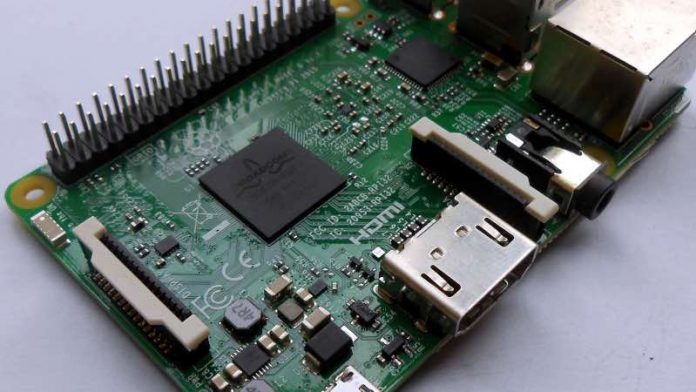The Raspberry Pi Virtual Reality system (PiVR) is a versatile tool for presenting virtual reality environments to small, freely moving animals (such as flies and fish larvae), according to a study published July 14, 2020 in the open-access journal PLOS Biology by David Tadres and Matthieu Louis of the University of California, Santa Barbara. The use of PiVR, together with techniques like optogenetics, will facilitate the mapping and characterization of neural circuits involved in behavior.
PiVR consists of a behavioral arena, a camera, a Raspberry Pi microcomputer, an LED controller, and a touchscreen. This system can implement a feedback loop between real-time behavioral tracking and delivery of a stimulus. PiVR is a versatile, customizable system that costs less than $500, takes less than six hours to build (using a 3D printer), and was designed to be accessible to a wide range of neuroscience researchers.
In the new study, Tadres and Louis used their PiVR system to present virtual realities to small, freely moving animals during optogenetic experiments. Optogenetics is a technique that enables researchers to use light to control the activity of neurons in living animals, allowing them to examine causal relationships between the activity of genetically-labeled neurons and specific behaviors.
As a proof-of-concept, Tadres and Louis used PiVR to study sensory navigation in response to gradients of chemicals and light in a range of animals. They showed how fruit fly larvae change their movements in response to real and virtual odor gradients. They then demonstrated how adult flies adapt their speed of movement to avoid locations associated with bitter tastes evoked by optogenetic activation of their bitter-sensing neurons. In addition, they showed that zebrafish larvae modify their turning maneuvers in response to changes in the intensity of light mimicking spatial gradients. According to the authors, PiVR represents a low-barrier technology that should empower many labs to characterize animal behavior and study the functions of neural circuits.
“More than ever,” the authors note, “neuroscience is technology-driven. In recent years, we have witnessed a boom in the use of closed-loop tracking and optogenetics to create virtual sensory realities. Integrating new interdisciplinary methodology in the lab can be daunting. With PiVR, our goal has been to make virtual reality paradigms accessible to everyone, from professional scientists to high-school students. PiVR should help democratize cutting-edge technology to study behavior and brain functions.”




